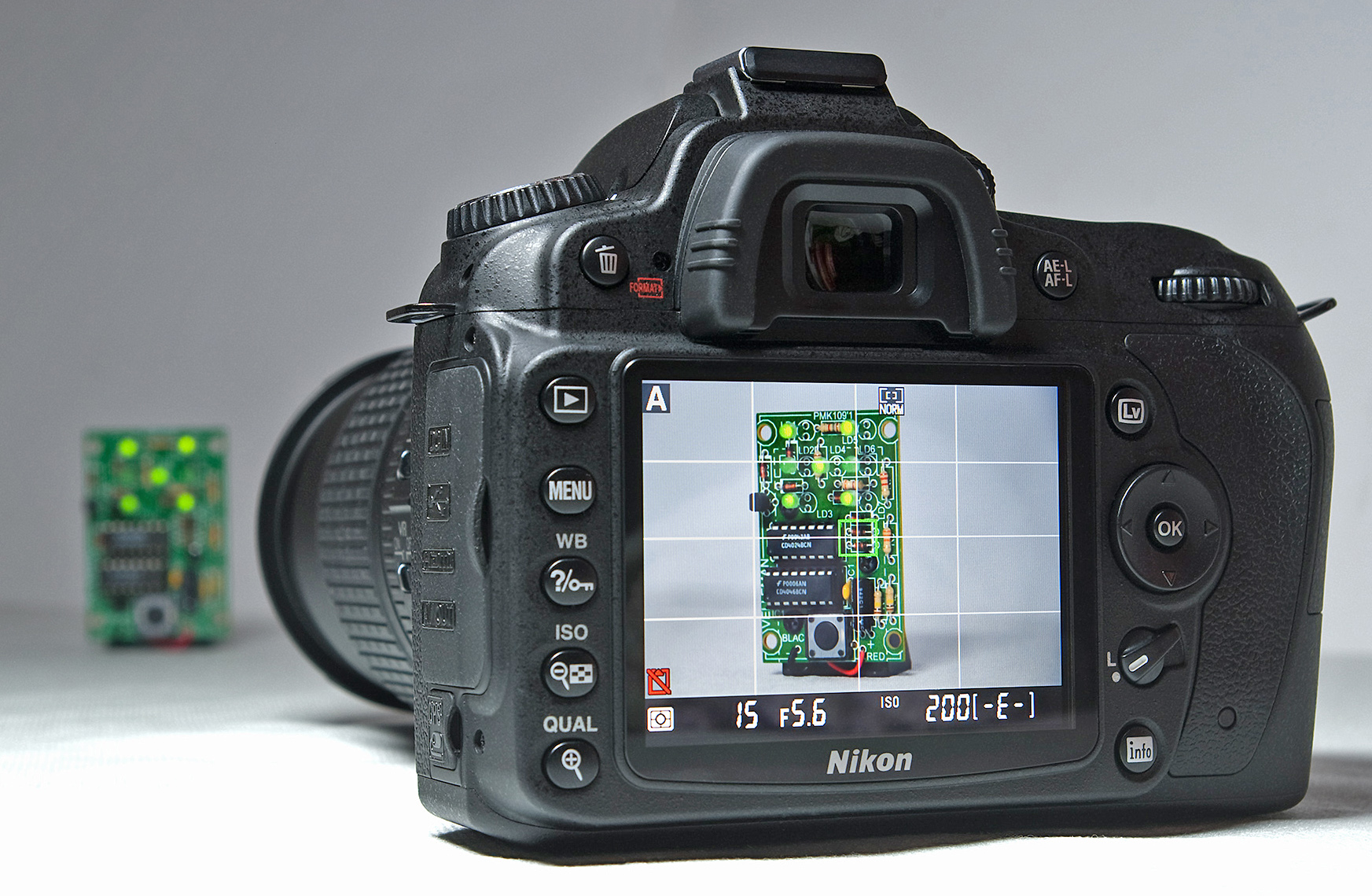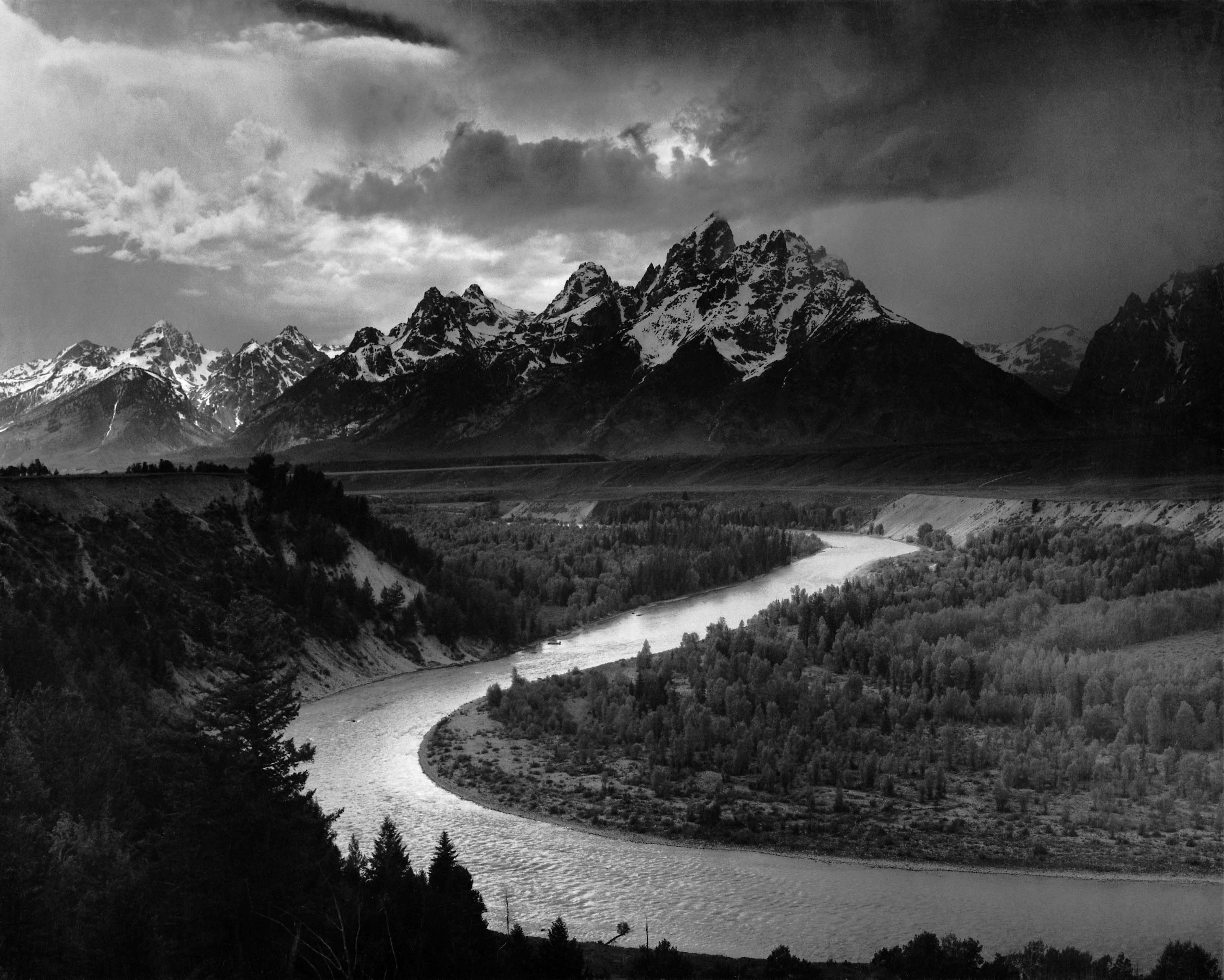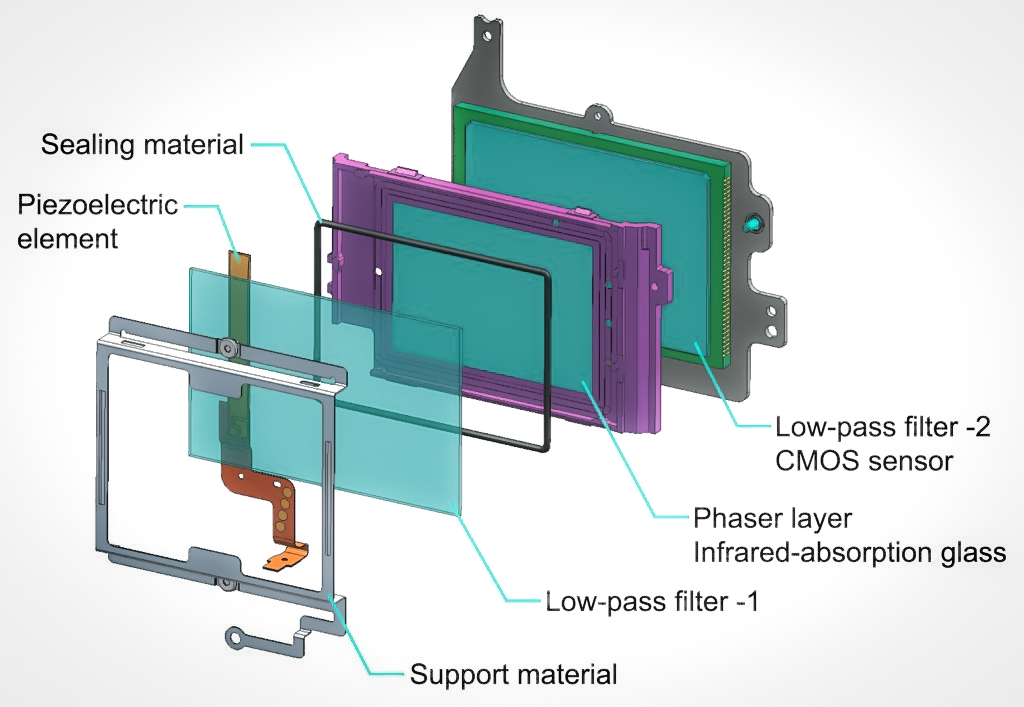|
Pentax K-3
The Pentax K-3 is a 24-megapixel Pentax high-end digital single-lens reflex camera with an APS-C sensor, announced on 7 October 2013. The Pentax K-3 is the successor to both the K-5 II and K-5 IIs models, which have a 16-megapixel sensor. The K-5 II (and most other cameras of its time) had an optical low pass filter or anti-aliasing (AA) filter that can prevent the appearance of moire patterning on the captured image. This filter reduces the sharpness of the image, so Pentax also produced the K-5 IIs which omitted this filter. In the K-3, Pentax obviated the need for providing two separate models by including a selectable AA filter "simulator". This mechanism vibrates the sensor when switched on, slightly blurring the image in a way that replaces the function of the optical AA filter, providing the same benefit as the filter in the K-5 II and other cameras with an optical AA filter. When the AA simulator is disabled, the sensor records a sharper image, as in the K-5 IIs. The Pe ... [...More Info...] [...Related Items...] OR: [Wikipedia] [Google] [Baidu] |
Digital Single-lens Reflex Camera
A digital single-lens reflex camera (digital SLR or DSLR) is a digital camera that combines the optics and the mechanisms of a single-lens reflex camera with a digital imaging sensor. The reflex design scheme is the primary difference between a DSLR and other digital cameras. In the reflex design, light travels through the lens and then to a mirror that alternates to send the image to either a prism, which shows the image in the viewfinder, or the image sensor when the shutter release button is pressed. The viewfinder of a DSLR presents an image that will not differ substantially from what is captured by the camera's sensor as it presents it as a direct optical view through the main camera lens, rather than showing an image through a separate secondary lens. DSLRs largely replaced film-based SLRs during the 2000s. Major camera manufacturers began to transition their product lines away from DSLR cameras to mirrorless interchangeable-lens cameras (MILC) beginning in the 2010s ... [...More Info...] [...Related Items...] OR: [Wikipedia] [Google] [Baidu] |
Pentax K-5 II
The Pentax K-5 II is a 16.3-megapixel digital single-lens reflex camera, successor to the Pentax K-5, sharing its body shape with its two predecessors including the Pentax K-7, and making incremental improvements on the K-5. Both models have improved autofocus ability, particularly in low and tungsten light, down to −3EV, which at the time of release makes it the best low-light autofocus camera. Also improved is the sensitivity of the central AF area which now has an AF base of f/2.8 instead of the common f/5.6. This increased AF base length helps to improve focus accuracy, in particular with fast (wide aperture) lenses and in low light. The Pentax K-5 II/IIs each have HD video capabilities, with resolutions of 1920×1080 (at 25 fps), 1280×720 (at 25 & 30 fps), 640×480 (at 25 & 30 fps). Externally, the cameras are distinguished by a recessed screen, where the K-5 had a flush-mounted one. The K-5II/IIs has a gapless design—the typical air gap is avoided by th ... [...More Info...] [...Related Items...] OR: [Wikipedia] [Google] [Baidu] |
Pentax DSLR Cameras
is a brand name used primarily by the Japanese multinational imaging and electronics company Ricoh for DSLR cameras, lenses, sport optics (including binoculars and rifle scopes), and CCTV optics. The Pentax brand is also used by Hoya Corporation for medical products & services, TI Asahi for surveying instruments, and Seiko Optical Products for certain optical lenses. Corporate history Early history The company was founded as Asahi Kogaku Goshi Kaisha in November 1919 by Kumao Kajiwara, at a shop in the Toshima suburb of Tokyo, and began producing spectacle lenses (which it still manufactures). In 1938 it changed its name to , and by this time it was also manufacturing camera/cine lenses. In the lead-up to World War II, Asahi Optical devoted much of its time to fulfilling military contracts for optical instruments. At the end of the war, Asahi Optical was disbanded by the occupying powers, being allowed to re-form in 1948. The company resumed its pre-war activities, manufacturi ... [...More Info...] [...Related Items...] OR: [Wikipedia] [Google] [Baidu] |
Live-preview Digital Cameras
Live preview is a feature that allows a digital camera's display screen to be used as a viewfinder. This provides a means of previewing framing and other exposure before taking the photograph. In most such cameras, the preview is generated by means of continuously and directly projecting the image formed by the lens onto the main image sensor. This in turn feeds the electronic screen with the live preview image. The electronic screen can be either a liquid crystal display (LCD) or an electronic viewfinder (EVF). Background The concept for cameras with live preview largely derives from electronic (video) TV cameras. Until 1995 most digital cameras did not have live preview, and it was more than ten years after this that the higher end digital single-lens reflex cameras (DSLR) adopted this feature, as it is fundamentally incompatible with the swinging-mirror single-lens reflex mechanism. The first digital still camera with an LCD for autogain framing live preview was the ... [...More Info...] [...Related Items...] OR: [Wikipedia] [Google] [Baidu] |
Landscape Photography
Landscape photography shows the spaces within the world, sometimes vast and unending, but other times microscopic. Landscape photographs typically capture the presence of nature but can also focus on man-made features or disturbances of landscapes. Landscape photography is done for a variety of reasons. Perhaps the most common is to recall a personal observation or experience while in the outdoors, especially when traveling. Others pursue it particularly as an outdoor lifestyle, to be involved with nature and the elements, some as an escape from the artificial world.Caputo, Robert"Landscape Photography Tips" ''National Geographic,'' August 2007, (from ''Photography Field Guide: Landscapes and Ultimate Photography Field Guide: Landscapes'')McNeal, Kevin with interviewer Dimitri Vasileiou"In Conversation... Kevin McNeal", ''Landscape Photography Magazine'', 2014 Edition, p.34Ellement, Brad (U.K."Featured Artist: Brad Ellement", ''Landscape Photography Magazine,'' 2014 Edition, p.56Vas ... [...More Info...] [...Related Items...] OR: [Wikipedia] [Google] [Baidu] |
Nikon D7200
The Nikon D7200 is a 24-megapixel APS-C digital single-lens reflex camera announced by Nikon on March 2, 2015. It started shipping on March 19. The D7200 was superseded by the Nikon D7500, announced on April 12, 2017. Features The D7200 is equipped with features intended for semi-professional use (two SD card slots, the availability of a battery grip, and metering support for old manual focus Nikon AI type (Non- CPU) lenses), which have been removed from the D7500. Being the successor of the Nikon D7100 it has (among other things) the following enhancements: * An improved buffer size that at its highest frame rate (6 frames per second) can store eighteen raw images (entire APS-C frame recorded, 14-bit lossless compressed), whereas the D7100 can store six images. * The optical CMOS sensor has been exchanged to a different model, which (unlike the D7100's) is not prone to generating faint striped patterns ( banding noise) in night photography with strongly amplified dark tones ... [...More Info...] [...Related Items...] OR: [Wikipedia] [Google] [Baidu] |
Nikon D5500
The Nikon D5500 is an F-mount DSLR released by Nikon on January 5, 2015. As the successor of the D5300 (the D5400 does not exist), it is the first Nikon DSLR to feature a touchscreen. The Nikon D5500 features other improvements compared to its predecessor, the Nikon D5300. With a newer carbon-fiber composite body, the Nikon D5500 weighs 60 grams less with a significantly smaller size, has a touchscreen and Wi-Fi, but lacks NFC (near field communication) connectivity and GPS functionality. A review lists the bigger buffer for raw files and the longer battery life. Cameradecision The D5500 was superseded by the D5600 in late 2016. Features [...More Info...] [...Related Items...] OR: [Wikipedia] [Google] [Baidu] |
Pentax FluCard
The Pentax FluCard, officially Pentax FluCard O-FC1, is a wireless accessory and memory card standard for Pentax cameras. As a memory card, it provides 16 GB of space and is specified as SDHC Class 10. As a wireless accessory, it allows remote preview and capture (also known as tethering) as well as wireless download of any images stored on the card. Wireless communication The FluCard sets up a wireless network. On a device connected to this network, the Chrome or Safari web browsers can be used to connect to the host "pentax". Users have additionally reported Firefox and Opera as working. Once connected, all further interaction works entirely via the browser. Command set The card is based on the Flucard by Trek 2000 International. A set of commands for their http-based API used to blisted on their website but most of the content has disappeared as of May 2015. The data can still be found at the Wayback Machine, though. A more up-to-date list of available http commands is lis ... [...More Info...] [...Related Items...] OR: [Wikipedia] [Google] [Baidu] |
Anti-aliasing Filter
An anti-aliasing filter (AAF) is a filter used before a signal sampler to restrict the bandwidth of a signal to satisfy the Nyquist–Shannon sampling theorem over the band of interest. Since the theorem states that unambiguous reconstruction of the signal from its samples is possible when the power of frequencies above the Nyquist frequency is zero, a brick wall filter is an idealized but impractical AAF. A practical AAF makes a trade off between reduced bandwidth and increased aliasing. A practical anti-aliasing filter will typically permit some aliasing to occur or attenuate or otherwise distort some in-band frequencies close to the Nyquist limit. For this reason, many practical systems sample higher than would be theoretically required by a perfect AAF in order to ensure that all frequencies of interest can be reconstructed, a practice called oversampling. Optical applications The Pentax K-3 from Ricoh introduced a unique sensor-based anti-aliasing filter. The filter ... [...More Info...] [...Related Items...] OR: [Wikipedia] [Google] [Baidu] |
Digital Single-lens Reflex Camera
A digital single-lens reflex camera (digital SLR or DSLR) is a digital camera that combines the optics and the mechanisms of a single-lens reflex camera with a digital imaging sensor. The reflex design scheme is the primary difference between a DSLR and other digital cameras. In the reflex design, light travels through the lens and then to a mirror that alternates to send the image to either a prism, which shows the image in the viewfinder, or the image sensor when the shutter release button is pressed. The viewfinder of a DSLR presents an image that will not differ substantially from what is captured by the camera's sensor as it presents it as a direct optical view through the main camera lens, rather than showing an image through a separate secondary lens. DSLRs largely replaced film-based SLRs during the 2000s. Major camera manufacturers began to transition their product lines away from DSLR cameras to mirrorless interchangeable-lens cameras (MILC) beginning in the 2010s ... [...More Info...] [...Related Items...] OR: [Wikipedia] [Google] [Baidu] |
APS-C
Advanced Photo System type-C (APS-C) is an image sensor format approximately equivalent in size to the Advanced Photo System film negative in its C ("Classic") format, of 25.1×16.7 mm, an aspect ratio of 3:2 and Ø 31.15 mm field diameter. It is therefore also equivalent in size to the Super 35 motion picture film format, which has the dimensions of 24.89 mm × 18.66 mm (0.980 in × 0.735 in) and Ø 31.11 mm field diameter. Sensors approximating these dimensions are used in many digital single-lens reflex cameras (DSLRs), mirrorless interchangeable-lens cameras (MILCs), and a few large-sensor live-preview digital cameras. APS-C size sensors are also used in a few digital rangefinders. Such sensors exist in many different variants depending on the manufacturer and camera model. All APS-C variants are considerably smaller than 35 mm standard film which measures 36×24 mm. Because of this, devices with APS-C sensors are known as "cropp ... [...More Info...] [...Related Items...] OR: [Wikipedia] [Google] [Baidu] |






